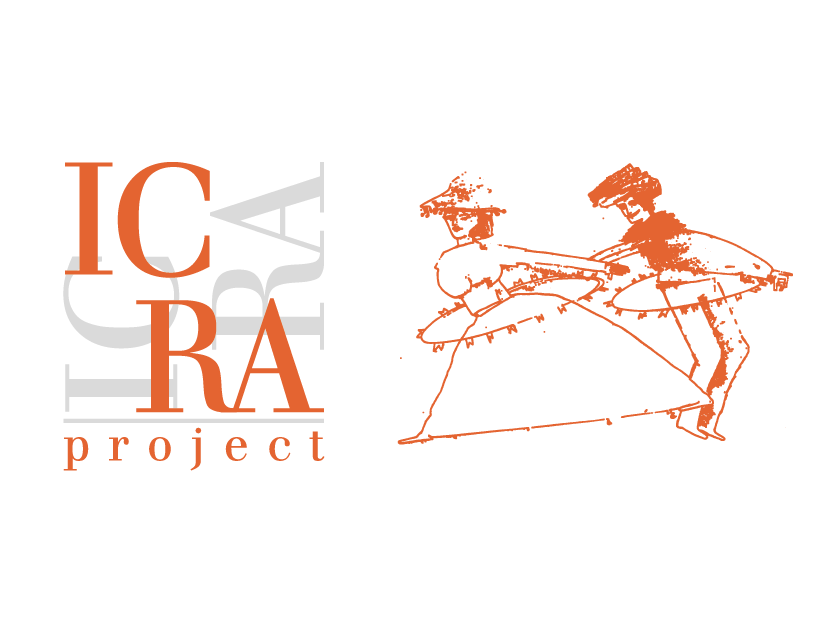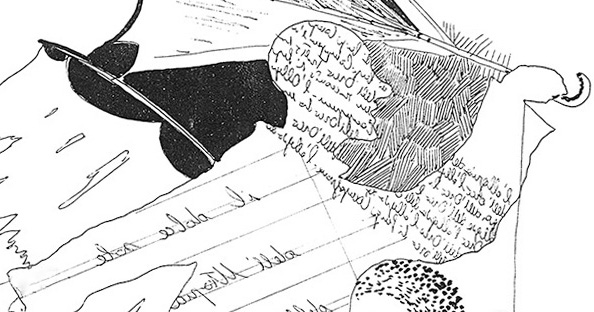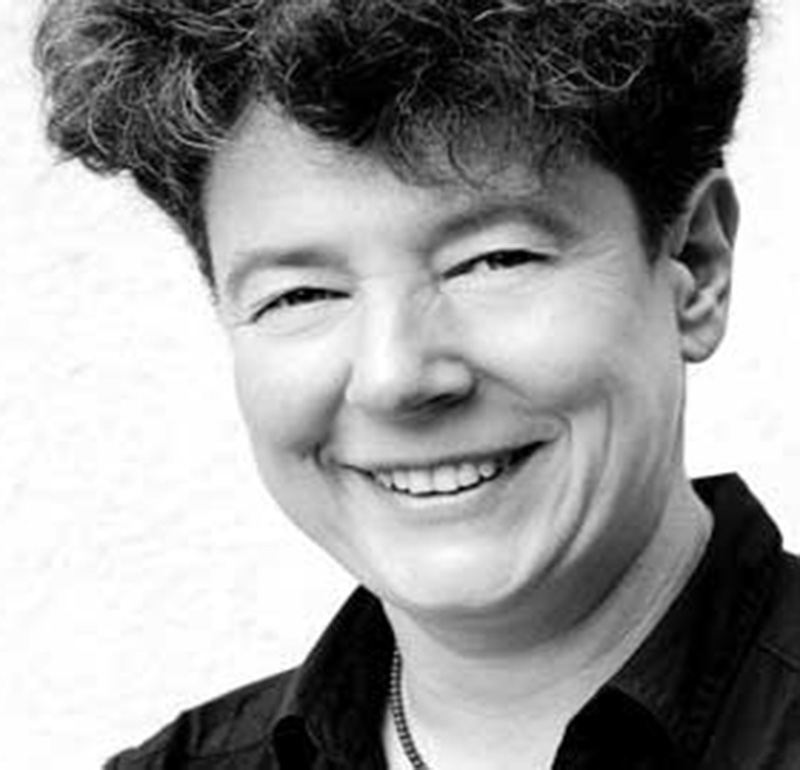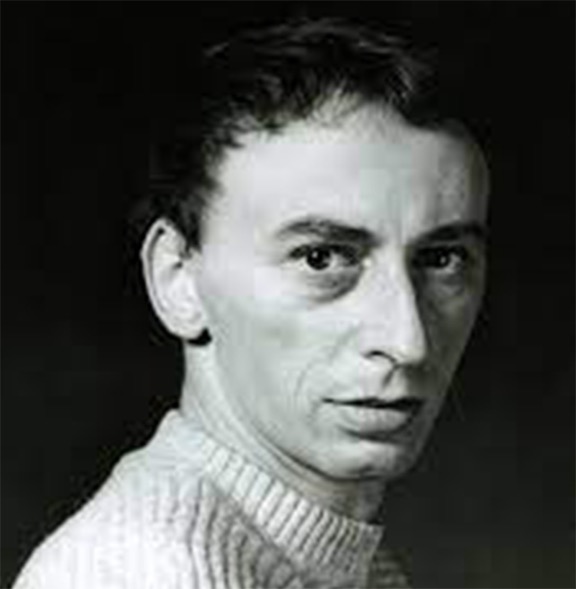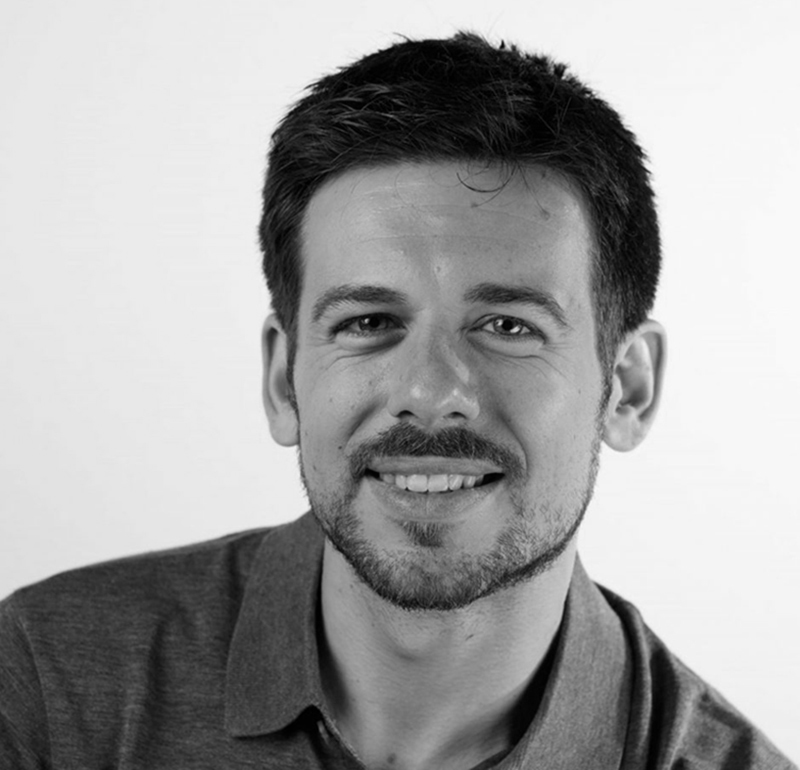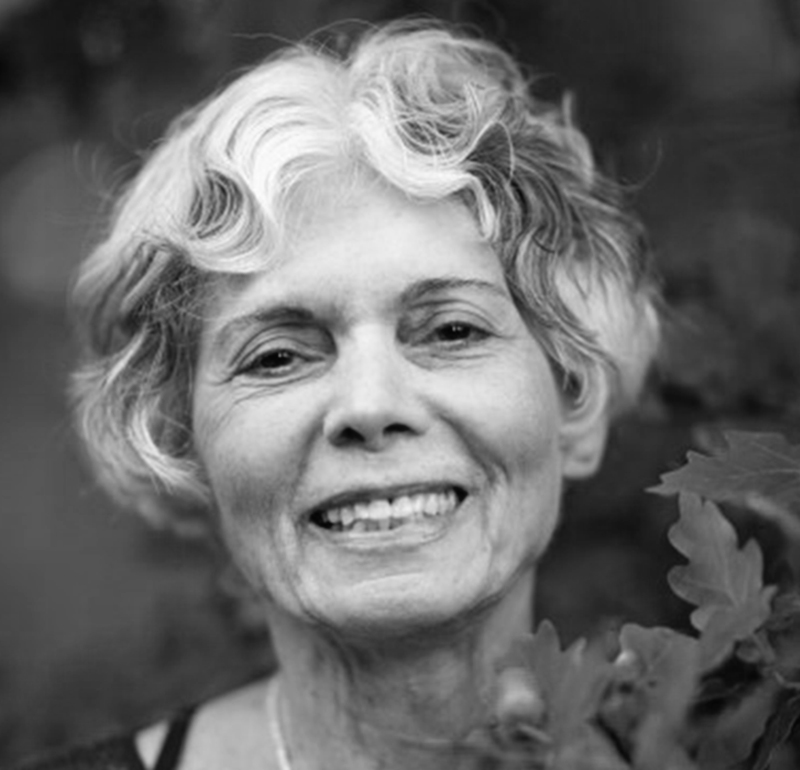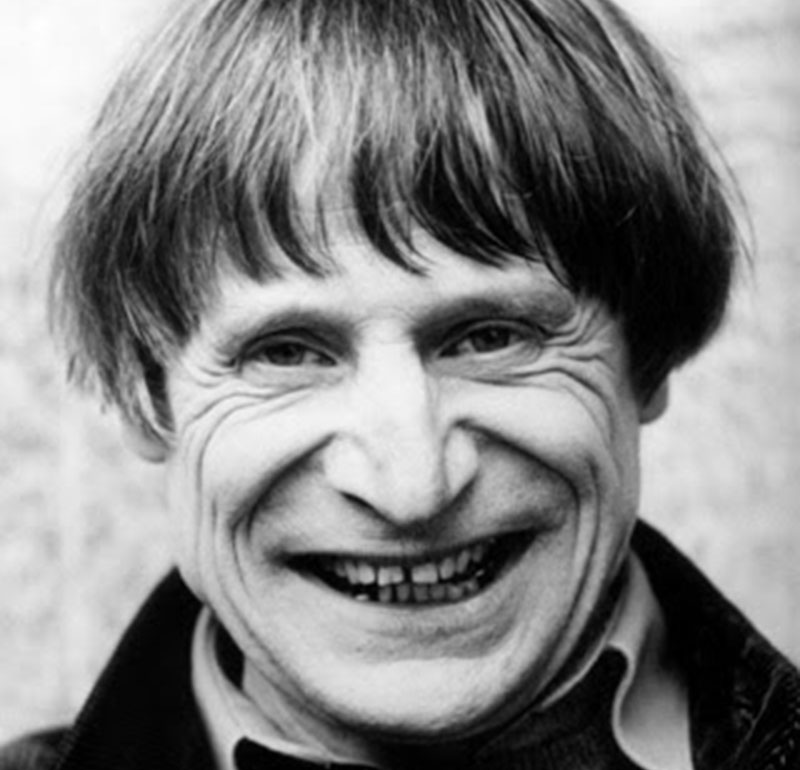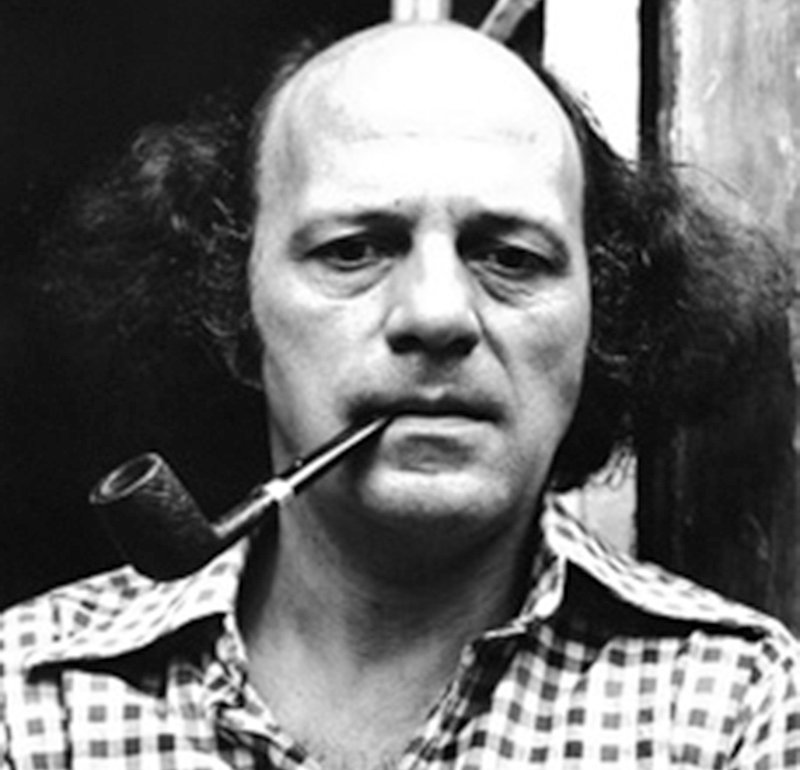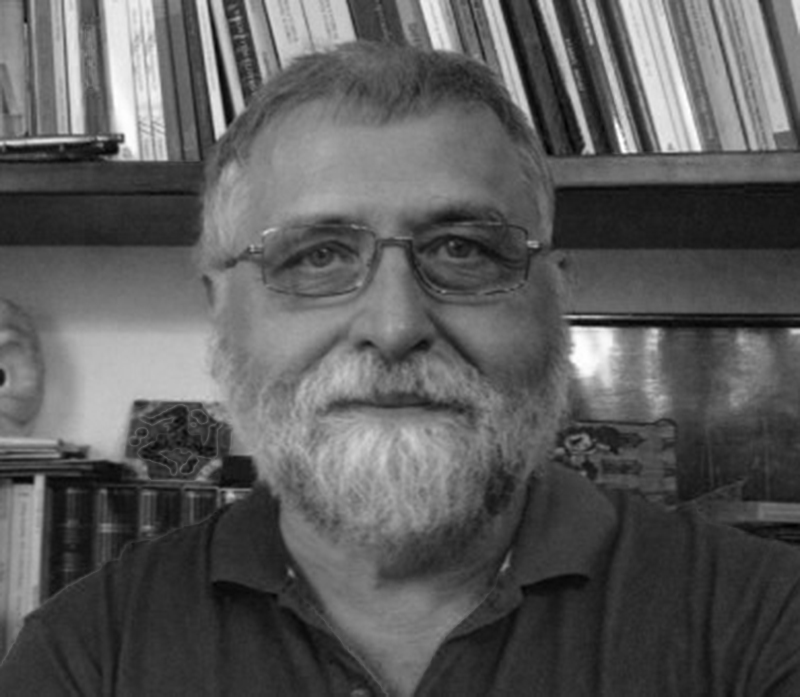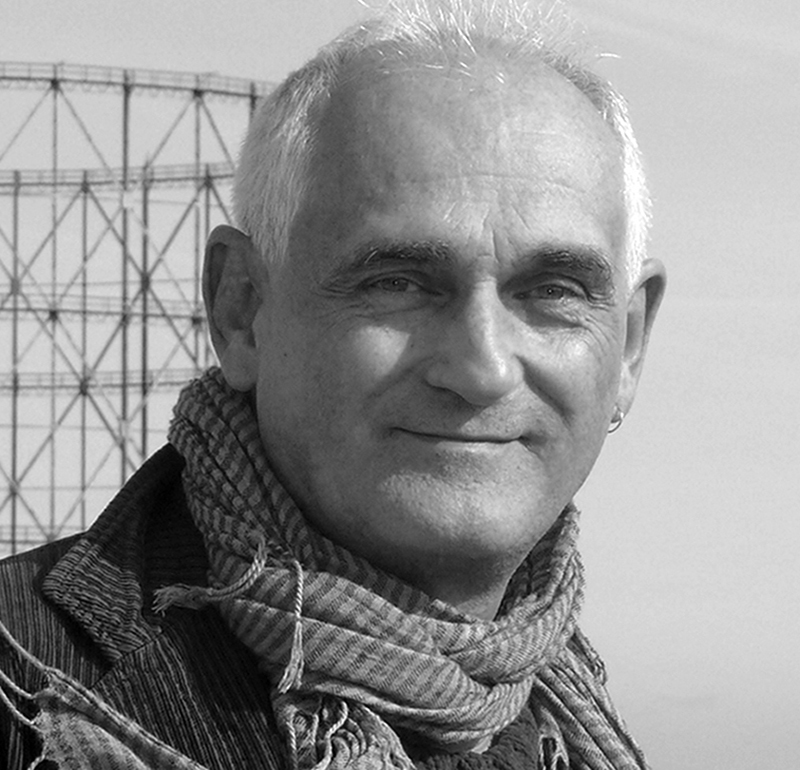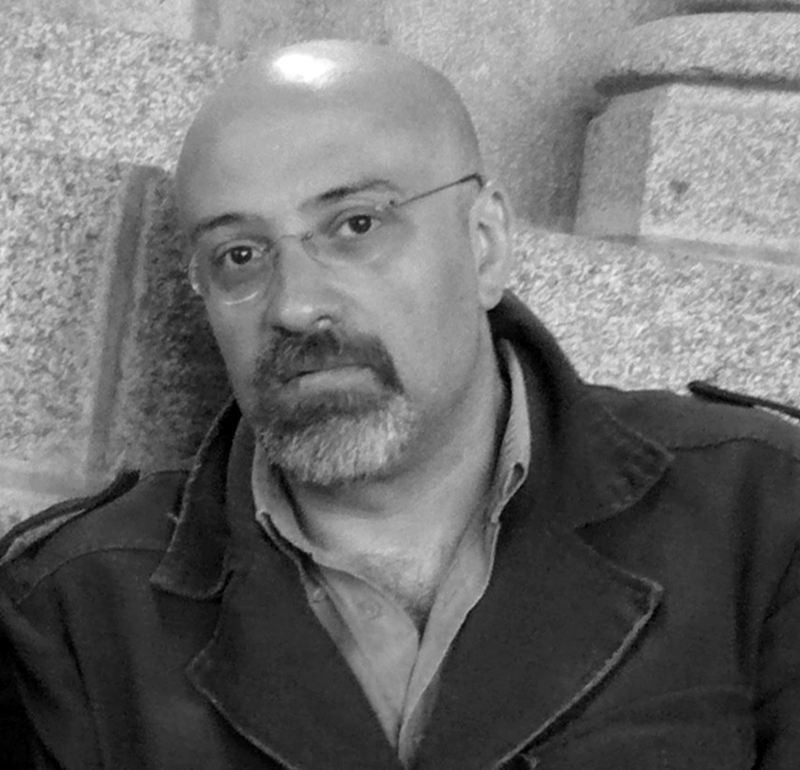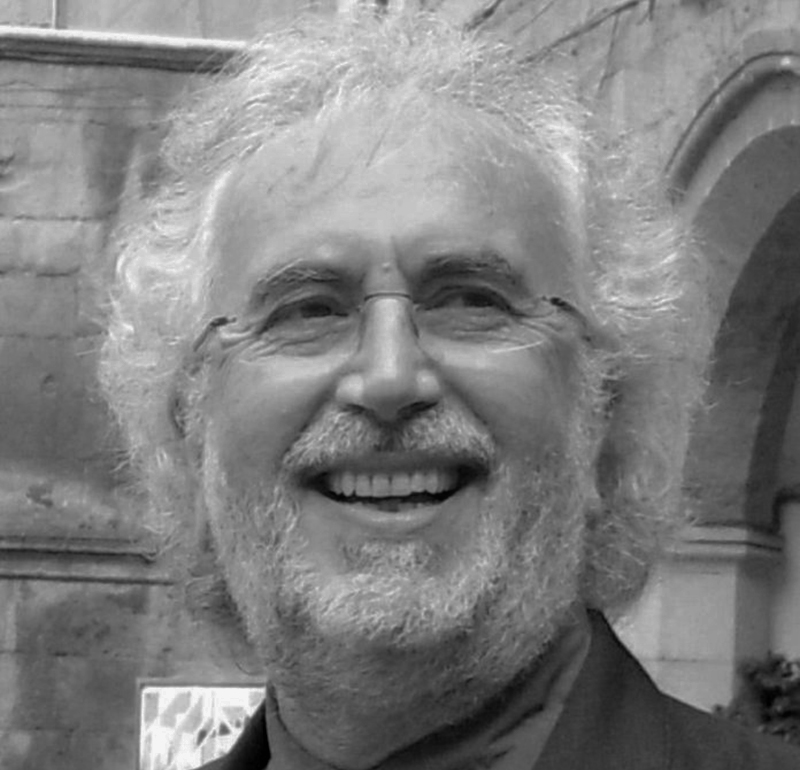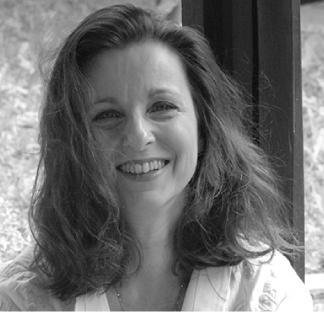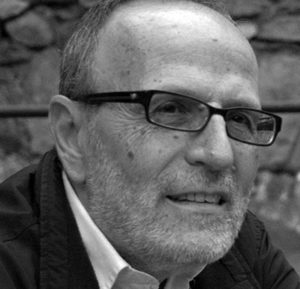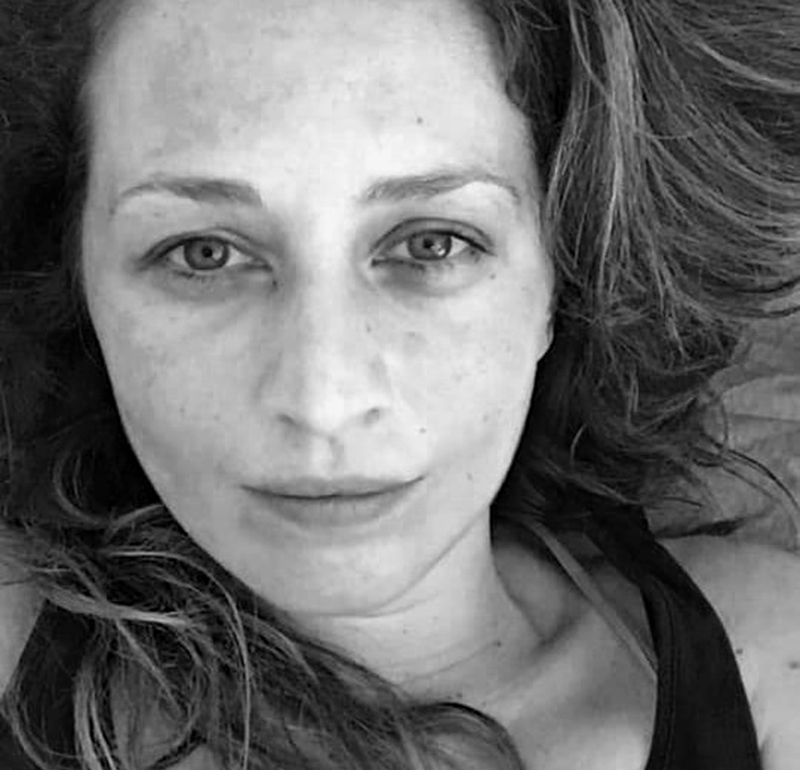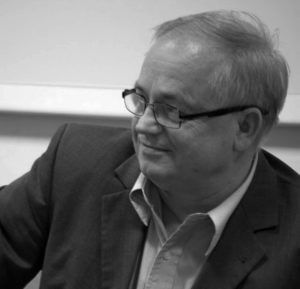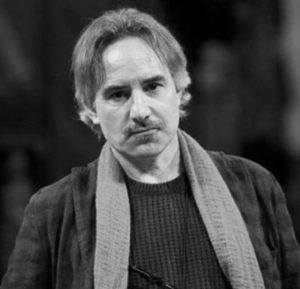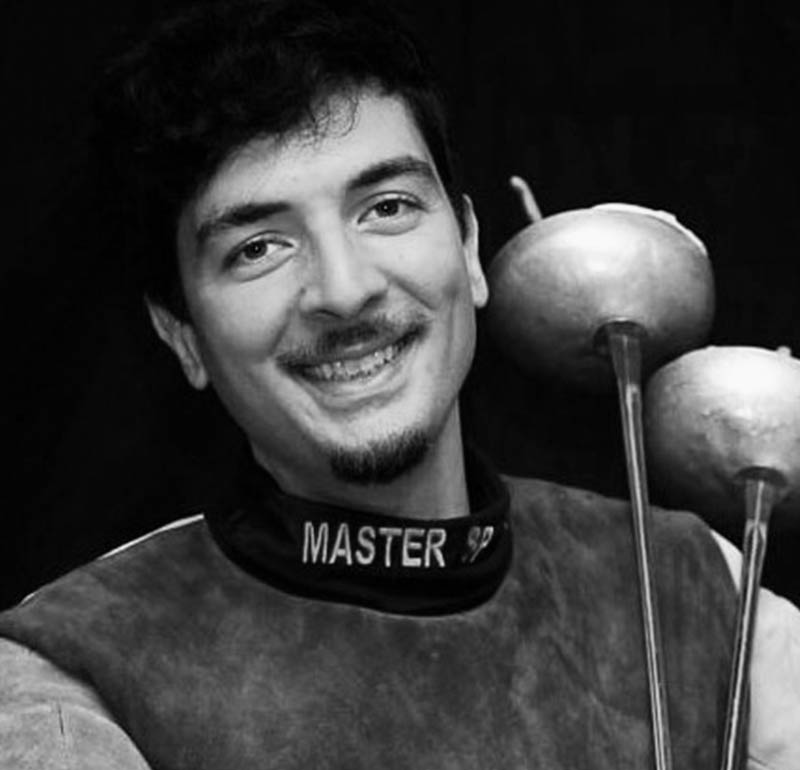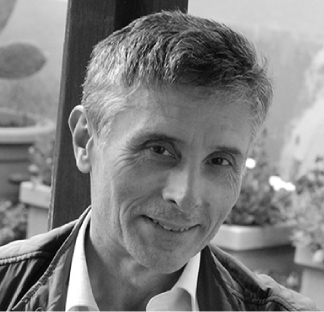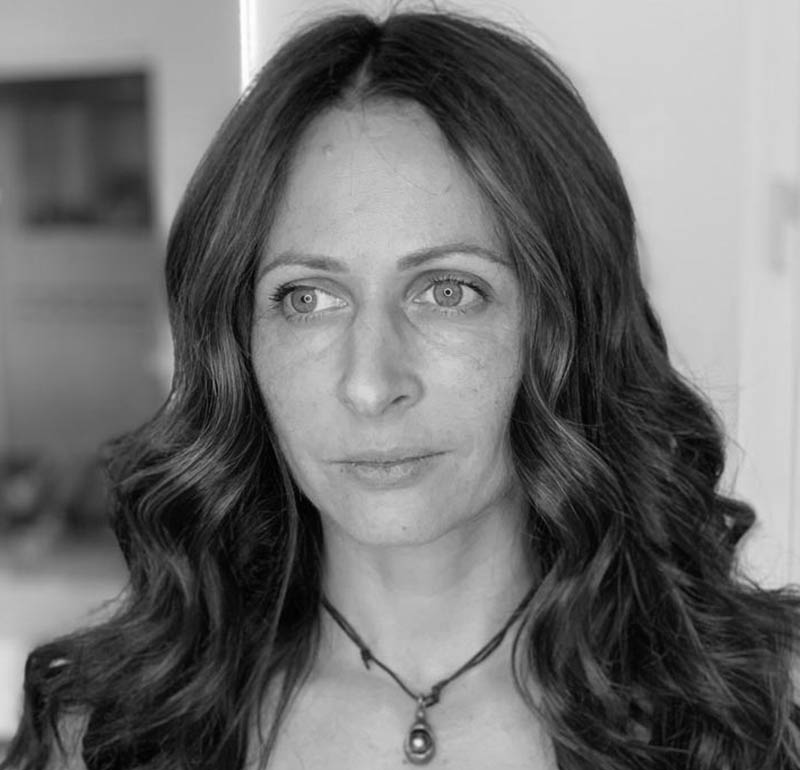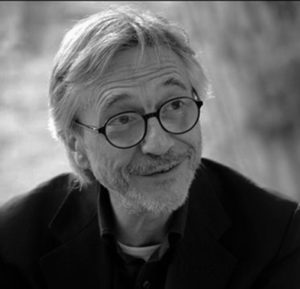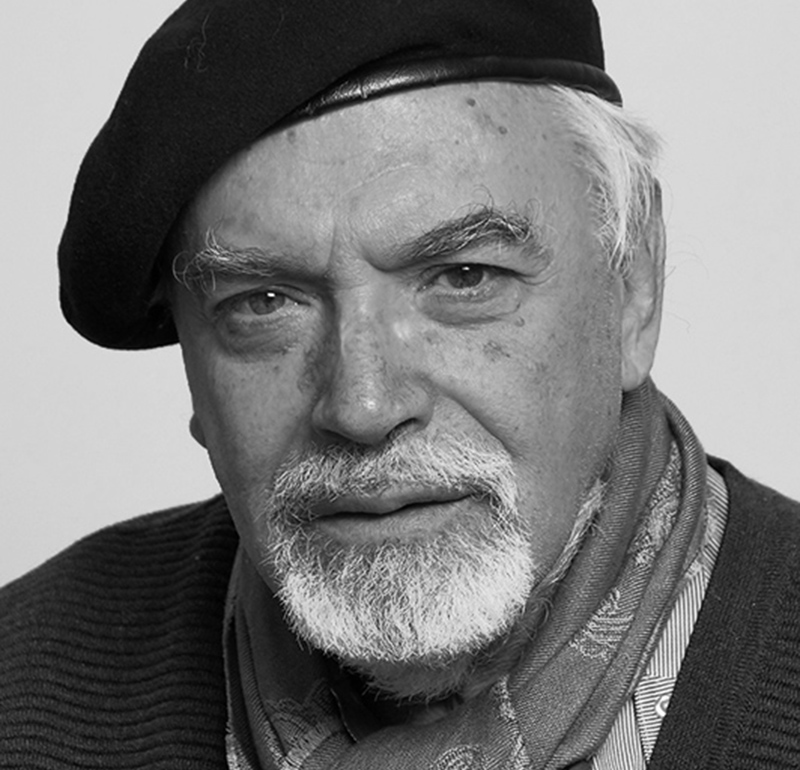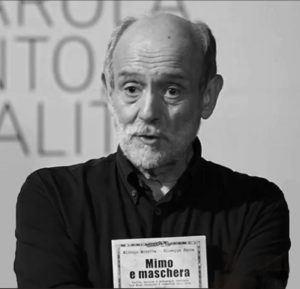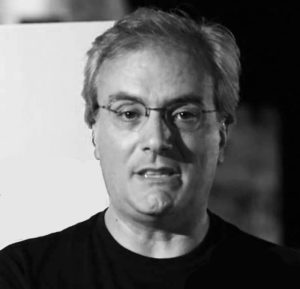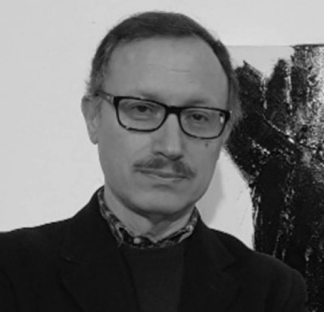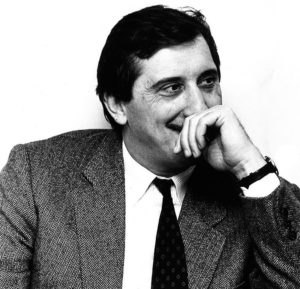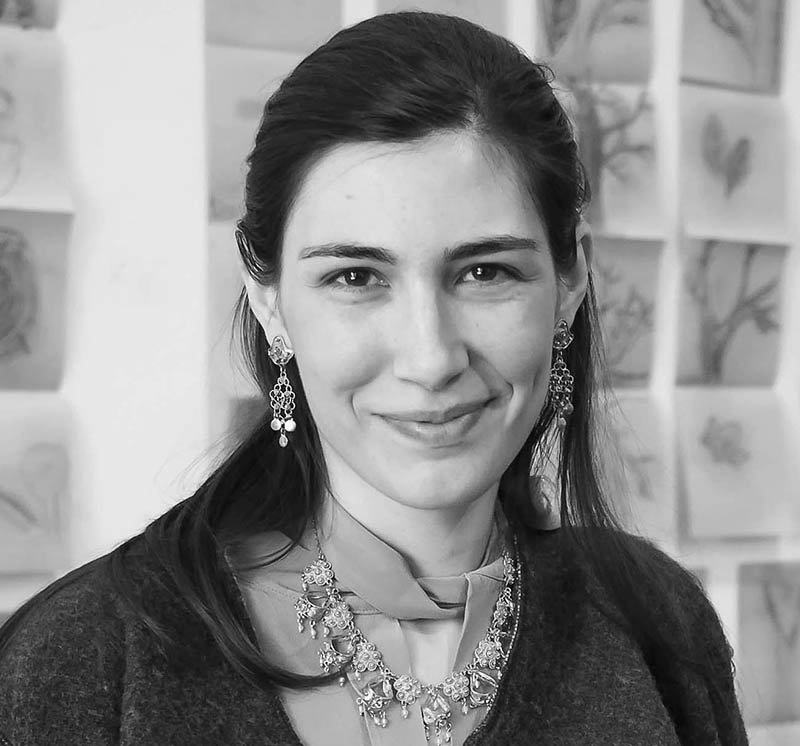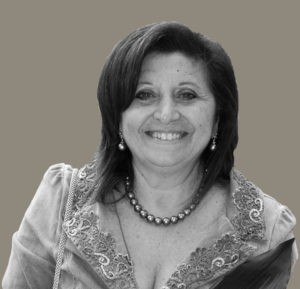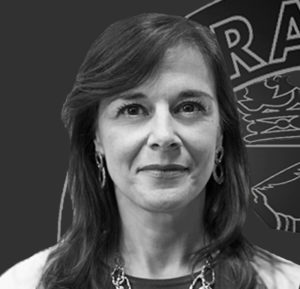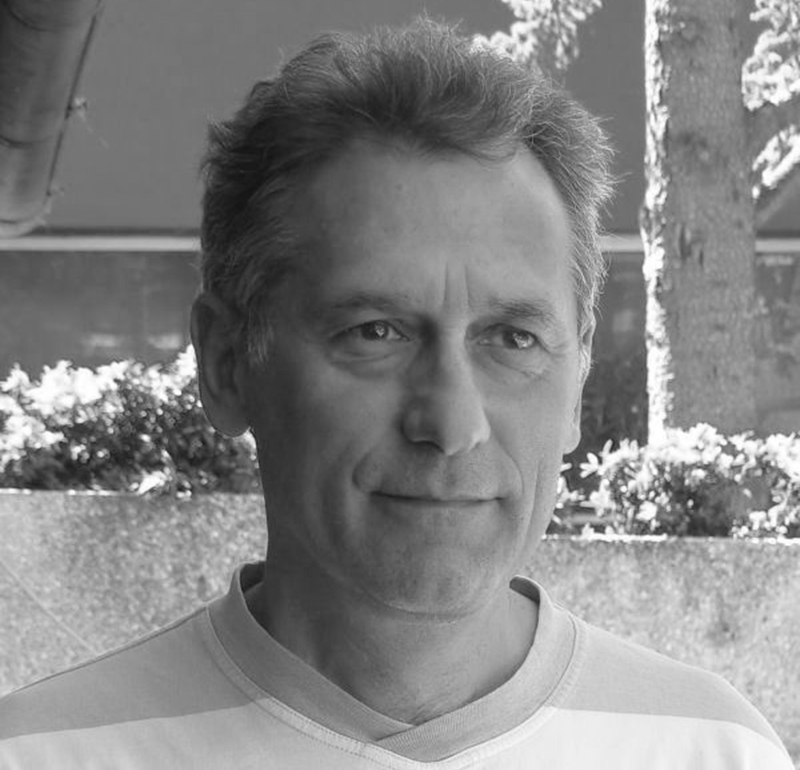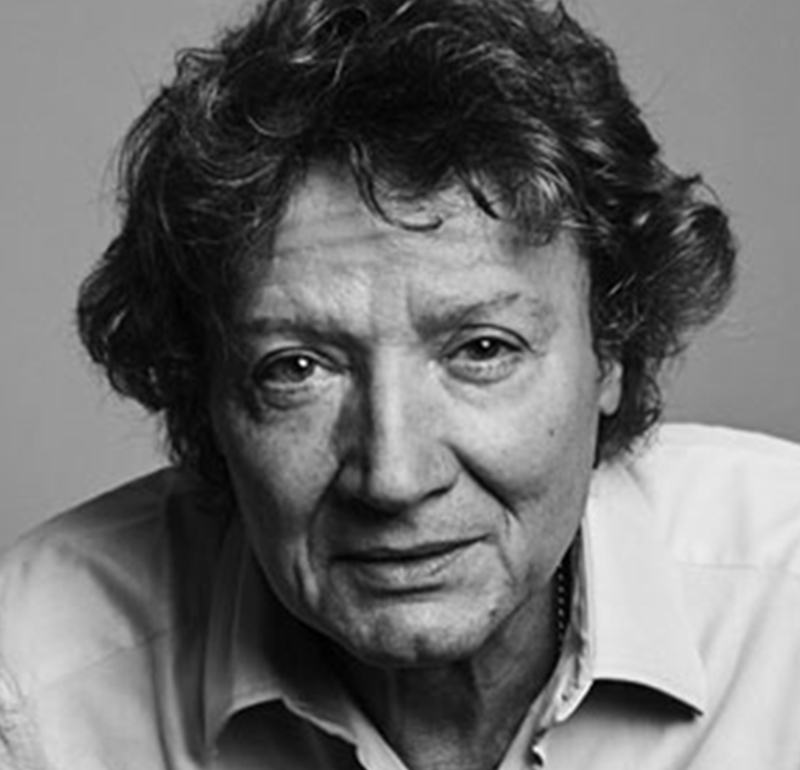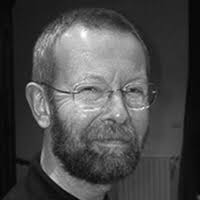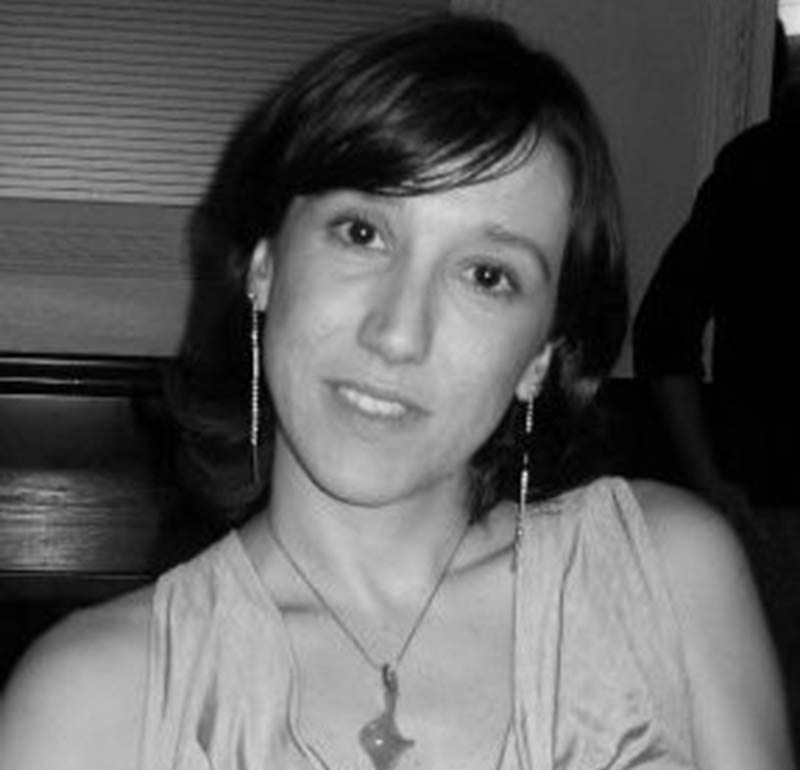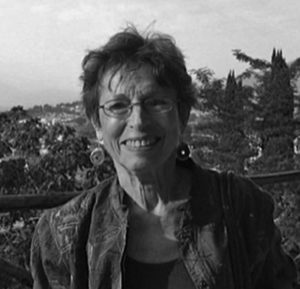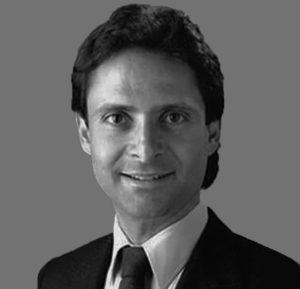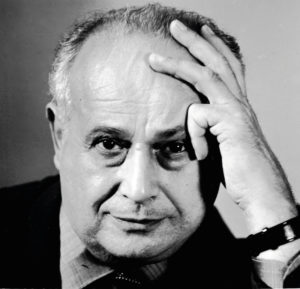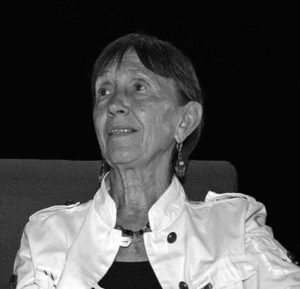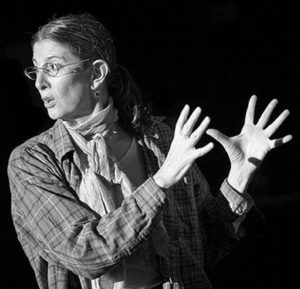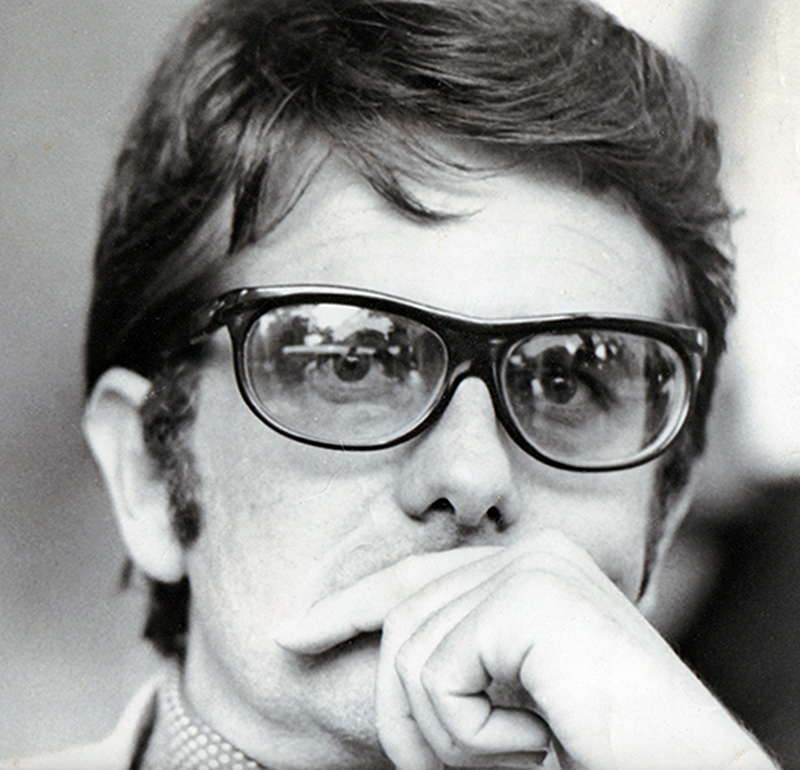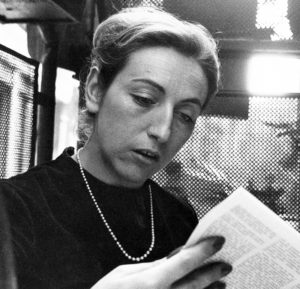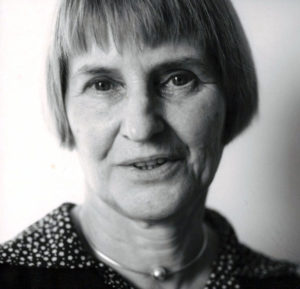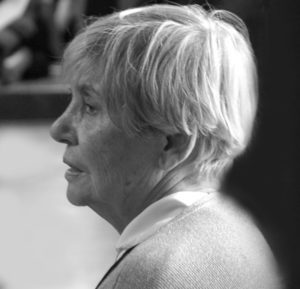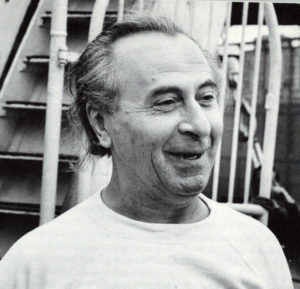-
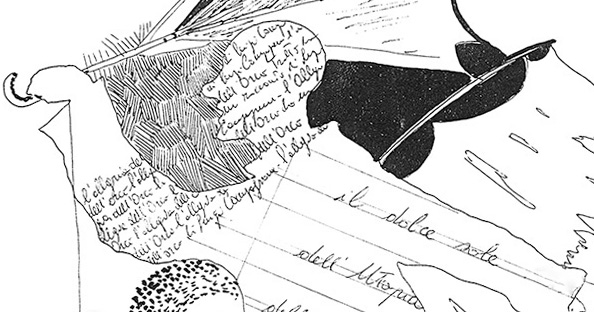
Artistic Direction
Theatre and Art are enemies of narrow-mindedness and artists are not slaves to any ideology
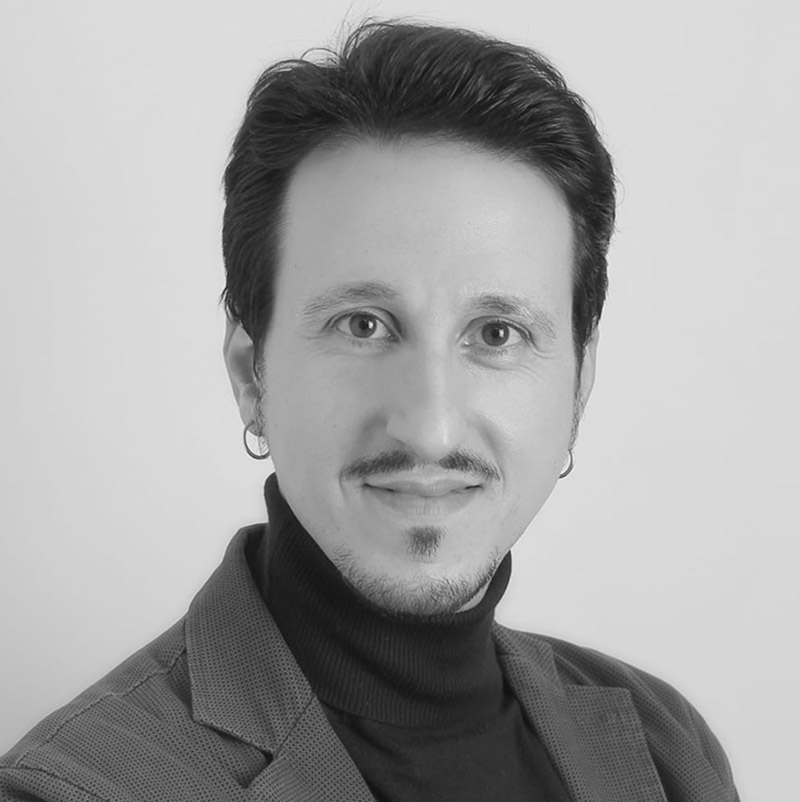
LORENZO MARINO
Lorenzo Marino is a musician and conductor; he began his musical studies at a very young age as a guitarist and trumpet player with maestros Paolo Lambiase and Francesco Del Monte, continuing his studies in composition and conducting with maestro Nicola Samale. He has participated in masterclasses for instrument and performance technique with maestros Paolo Lambiase, Ugo Di Giovanni, Francesco Del Monte, Sergio Balestracci, Ugo Orlandi and for composition and conducting with maestros Nicola Samale, Jacob De Haan, Fulvio Creux, Johan De Meij, Vincenzo Cammarano and Lorenzo Della Fonte.
Lorenzo Marino is a musician and conductor; he began his musical studies at a very young age as a guitarist and trumpet player with maestros Paolo Lambiase and Francesco Del Monte, continuing his studies in composition and conducting with maestro Nicola Samale. He has participated in masterclasses for instrument and performance technique with maestros Paolo Lambiase, Ugo Di Giovanni, Francesco Del Monte, Sergio Balestracci, Ugo Orlandi and for composition and conducting with maestros Nicola Samale, Jacob De Haan, Fulvio Creux, Johan De Meij, Vincenzo Cammarano and Lorenzo Della Fonte.
He has participated in important events in Italy and abroad such as: the Festival of Plectrum Orchestras, Bologna; the Ravello festival, Amalfi Coast; the Villa Celimontana Jazz Festival, Rome and the Napoli Teatro Festival Italia. He has collaborated as a guitarist with the San Carlo Theatre in Naples and other Italian theatres. In addition, he has recorded several records as instrumentalist, composer and arranger.
